base colorFirst, we start with the base color. The base color is the color of the skin, mask, ears, and arms/legs. Each color can also range from light to dark versions of that color (for example, light gray to dark gray). Note: Albino is a recessive gene that means the hedgehog lacks pigmentation. The skin is pink, eyes are red, and quills are white. Quill PatternSome hedgehogs have a special pattern with their quills. This typically ranges from snowflake to pinto to all-white. The patterns also vary depending on how much pattern is present. For example, minimum pinto, to reverse pinto or snowflake and high snowflake.
Facial markingsFacial markings indicate the pattern on a hedgehog's face, nose, eyes, and/or ears. As you can imagine, there are many variations, so we have included the most common facial markings. Another great resource for hedgehog colors is the International Hedgehog Association, where there are pictures of many of the color combinations. What colors, patterns, and facial markings are we missing? What is the most unique color/pattern combo you've seen?
2 Comments
Hedgehogs, similar to humans, each come with their own personality. That is what makes hedgehogs interesting, and fun pets. Naturally some hedgehogs will be more friendly and open to being handled than others. Others will feel more defensive and ball up, taking longer to open up. If your hedgehog is on the grumpier end of the spectrum, is all hope lost? Not exactly. Here are some tips & tricks to help your hedgehog become more comfortable being handled:
Please keep in mind, every hedgehog is different and will react differently. Some may always be grumpier than others. This isn't a guaranteed method to help your hedgehog become more friendly, but certainly can help.
If you're looking for a hedgehog, you also can always ask the breeder how often the babies are handled, and which hoglets in the litter are the most friendly. At Penny's Prickly Pigs, we strive to breed friendly adults, which generally leads to more friendly hoglets. Have you had a grumpy hedgehog? What tips and tricks worked for you? What is the Coefficient of Inbreeding (COI)? The short-version is how closely related an offspring's parents are. Too high of a COI results in negative outcomes for the offspring, and the breed. The scientific answer according to Science Direct is, "The coefficient of inbreeding (F) for a child of a consanguineous marriage is the probability that the child receives two alleles at a given locus that are both from the same ancestor and are, thus, identical by descent (autozygous)." So why does this matter? The higher the COI, the more homozygous an animal's genes would be. Once the COI reaches certain levels, one will begin to see deleterious effects of inbreeding, resulting in loss of vitality in the offspring, smaller litters, higher mortality, and increased genetic defects and mutations (WHS, for example). At what level COI do you begin to see these effects? One will begin to see the negative effects of inbreeding at a COI around 5%. Once the COI reaches 10% or higher, these deleterious effects reach the threshold of the "extinction vortex." As stated by the Institute of Canine Biology, "[t]he combined effects of these make 10% the threshold of the 'extinction vortex' - the level of inbreeding at which smaller litters, higher mortality, and expression of genetic defects have a negative effect on the size of the population, and as the population gets smaller the rate of inbreeding goes up, resulting in a negative feedback loop that eventually drives a population to extinction." How do you calculate the Coefficient of Inbreeding (COI)? As you might expect, the Coefficient of Inbreeding can be calculated with a mathematical formula. "In general, for autosomal loci, the inbreeding coefficient for an individual is F = (½)(n1+n2+1), where n1 and n2 are the numbers of generations separating the individuals in the consanguineous mating from their common ancestor. (This formula assumes that the common ancestor is not inbred.)" - Science Direct Babydoll Southdown Sheep Breeders Association has a helpful table (see below) with simple examples of inbreeding coefficients. That formula is too much, is there an easier way? Fortunately NABBSSAR.org has a phenomenal Coefficient of Inbreeding (COI) calculator, which can go up to 12 generations beyond the offspring you're calculating. If you already use our free Google Sheets Pedigree Maker & COI Calculator, you can select the hedgehog you want to calculate the COI for on the 'Pedigree 8 GEN' tab, go to the 'Calculate COI' tab, copy the data highlighted, paste on the NABSSAR COI% Calculator website and calculate. Don't worry, more specific instructions are available in the Google Sheet. The calculation of the Coefficient of Inbreeding is only as good as the data you put in. The more expansive your data, the better the calculation. Also, most calculators assume the ancestors are not inbred themselves. In the event the ancestors are inbred, the coefficients will actually be higher than what is displayed. Note: I am not a biologist. I just care about the quality and outcomes of our hedgehogs. This is information I have gathered from resources listed below. What information would you add about the Coefficient of Inbreeding? Let me know! It’s really important for anyone breeding animals to track pedigrees and be mindful of the coefficient of inbreeding. Too much inbreeding results in smaller litters, undesirable recessive genes and deleterious effects on the breed. Generating pedigrees and tracking lineage, however, is much easier if you have the proper tools. That's why we want to share (for free) what we use to keep track of our herd, lineage, and generate professional pedigrees, and easily calculate the COI of litters. When we resumed breeding, we wanted an easier way to generate pedigrees and calculate the coefficient of inbreeding. Previously, I had used an excel spreadsheet that required a bit of manual work. This time, I wanted something that I could access from anywhere (would not be lost entirely if something happened to my computer) and generated professional looking pedigrees. I also did not want a pricey website that I had to rely on to work. Thankfully I found the Google spreadsheet by Wolvden #436, inspired by Kenosha Rabbits. I was able to expand this spreadsheet to suit up to 8 generations, tailor it to hedgehogs, and create a printer-friendly pedigree page. I was also able to elaborate on the code for pasting on the NABSSAR COI calculator to include up to 8 generations as well. The resulting Google sheet is tremendously helpful for our breeding program and I wanted to make it available, free, to any breeder looking for a similar resource. You do not have to download a program or sign up with your email. Once you click on the link, you will be directed to the Google sheet. Click File > Make a Copy, then you will have your very own version to use as you please. If you share this Google spreadsheet, please be sure to give credit to those who helped make this possible - Wolvden #436, Kenosha Rabbits, and now Penny's Prickly Pigs.
Note: you will not be able to edit the Google sheet until you make a copy for yourself. There are a couple of example hedgehogs in the Breeding Registry as a sample, you might recognize them! I’ve included some how-tos and basic tips in the first sheet, but let me know if you run into any bugs or things you would like to see added. Hopefully one day, I can get the Coefficient of Inbreeding (COI) computed automatically within the sheet. If you already have the formula for COI calculations, feel free to share. |
AuthorRachel, the owner of Penny's Prickly Pigs has been breeding hedgehogs since 2008, and owned hedgehogs off and on for 23+ years. We maintain a small herd to focus on quality and personality. We track pedigrees on all of our hedgehogs. You Might likeHedgehog Care: Everything you need to know
How to prepare a hedgehog cage I'm on the waiting list, what next? Categories
All
Archives |
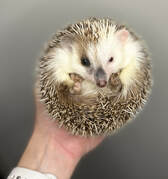
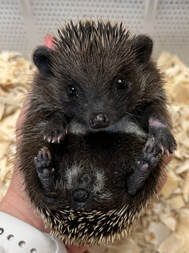
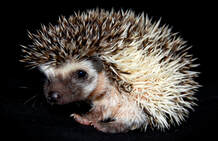
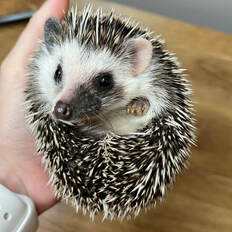
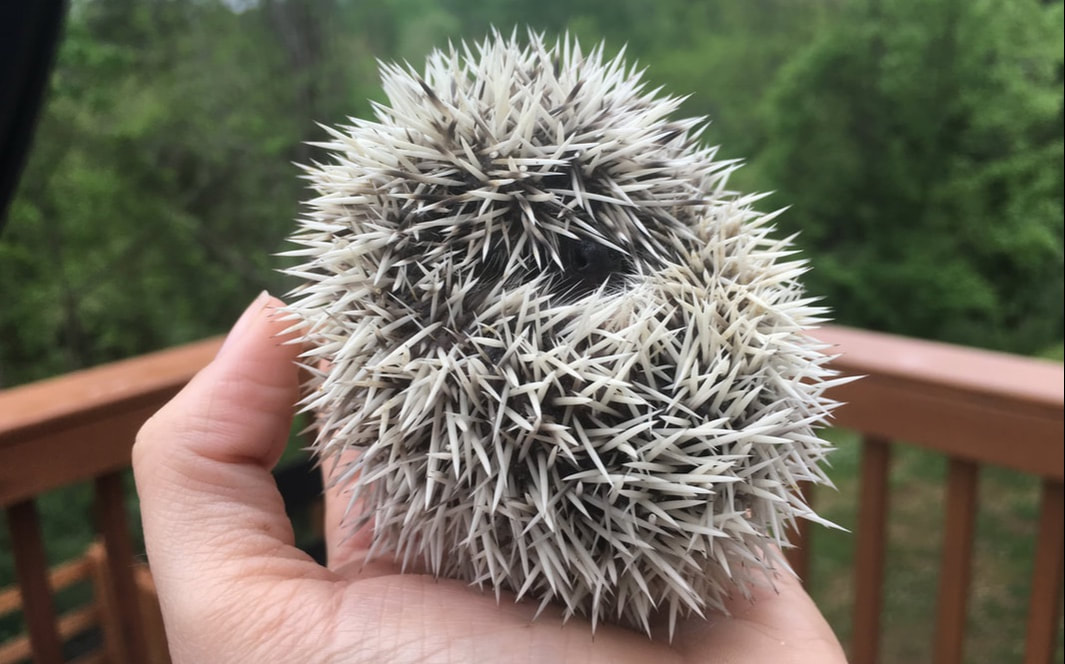
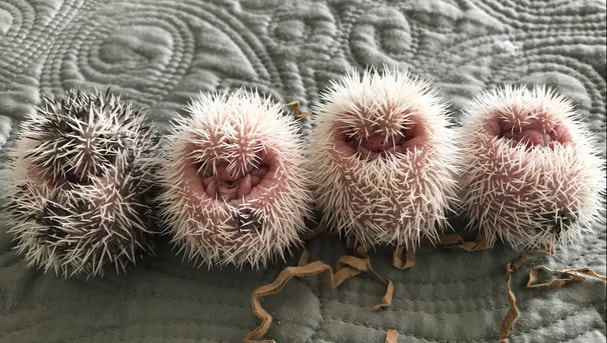
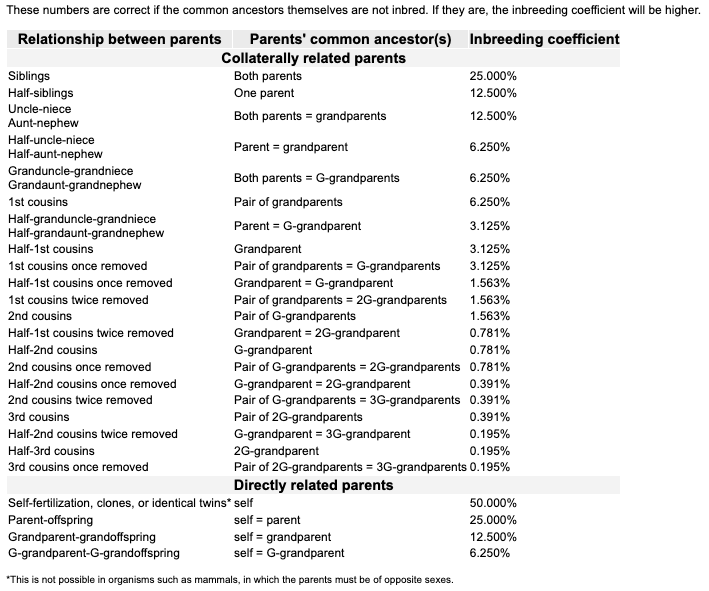
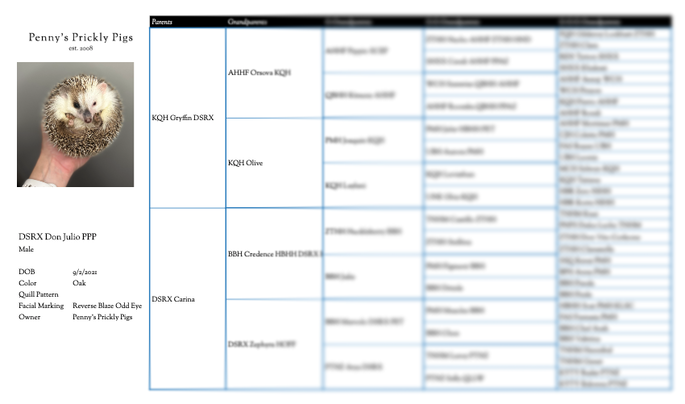
 RSS Feed
RSS Feed